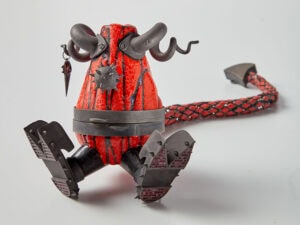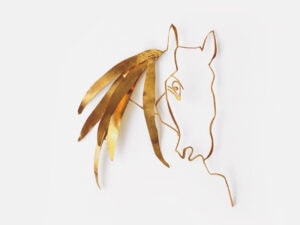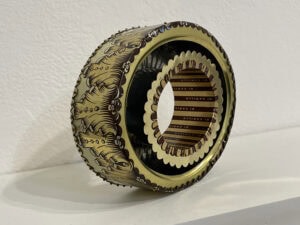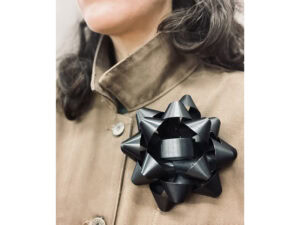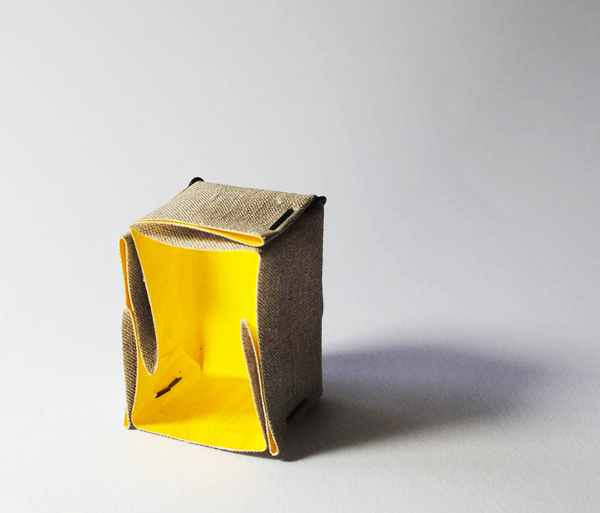
Susan Cummins: Karen, can you fill us in on your background, and when it was that you decided to become a jeweler?
Karen Pontoppidan: When I was 13-years-old, I decided to become a jewelry artist. It was an easy decision because, growing up on a farm in Denmark, my imagined future profession and my imagined future “glory” seemed far away. Looking back at my decision, I believe it was mainly made against my parents and against the unbearable conservatism of the environment in which I grew up. Becoming an artist would make me untouchable for the measurements of a farmer’s mind, and therefore it was the best escape I could imagine. But no matter why I developed this goal, I am very happy with my choice of profession.
You have been teaching for a number of years in Sweden. Can you describe the program at Konstfack?
Karen Pontoppidan: The program is called Ädellab, which translates to English as “precious laboratory,” and this describes our approach well. We offer a three-year bachelors degree, a two-year masters degree, and a one-year post-masters study called “Research Lab.” Our focus is on jewelry and corpus (hollowware) as relevant artistic media for investigating and challenging the current state of the world.
What does the program emphasis under your leadership?
Karen Pontoppidan: One answer to this question could be that I focus as much on the “why” as on the “how” in making jewelry. Stating that, I want to emphasize that the education is devoted to the making of jewelry, but in order to become a professional maker, choices within this process need to be motivated through contextualization. This leads to discussions about material choices or placement on the body as does discussing aspects of jewelry in a cultural context. These are all part of individual investigations.
I find it helpful to understand that the phenomenon of jewelry has existed for 100,000 years, and therefore our work today should reflect the time and the culture we are living in.
Can you describe one of your most challenging but fruitful assignments for first year students?
Karen Pontoppidan: Right in the beginning of the masters study, we have an assignment called “The Taboo Questions” which consists of a list of questions to be prolonged and answered in discussion with the students. Questions such as—What is the purpose of an artist in society? Is fine art more important than applied art? Can jewelry be democratic? What do you need a masters degree for? The discussions evolving from these questions create a base for further critical thinking and questioning by the students.
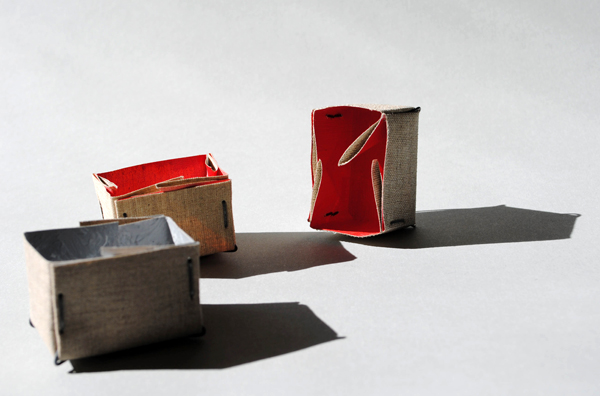
CONTEXT is a series of 100 brooches created from 2012 to 2013. The materials are painted canvas and silver. Since 2010, the main theme in my work has been to investigate different aspects of the art/craft parameter. In CONTEXT, I dealt with aspects of production, and I commissioned different parts of the production to different people. Painters mixed and painted the colors, goldsmiths and students executed different parts of the metal work, and designers assembled the work. All parts of the production were done within a defined frame, and each participant was given the flexibility to influence the finished piece. My only “hands on” part of the process was to sign the finished pieces!
Why is the exhibition called CONTEXT?
Karen Pontoppidan: CONTEXT is the second part of the trilogy CANVAS, CONTEXT, CASH, in which I have approached the status of the applied arts within the cultural frame. In the first group of work called CANVAS, I approached the material of the painter’s canvas, which is to some a taboo. The brooches created referred to the traditions of the applied arts, as decorative elements of metal were nailed on to canvas-covered wood. I think this series investigated the status of craft from a maker’s perspective.
The brooch format seemed the obvious choice for this investigation because once placed on the body, it functions as a statement toward the world. I named the second part of my investigation CONTEXT because one of my intentions behind this group was a change of perspective. By keeping myself from actually making the pieces, which is normally my favorite part of being an artist, I placed the meaning of the objects I had produced in a different context. I am convinced that, for a professional maker, the joy of making serves no purpose other than the purpose of the object created. Letting go of my “inner goldsmith” was challenging to my perception of being a maker.
How does this relate to work you have done in the past?
Karen Pontoppidan: From an aesthetic point of view, I suppose it can be difficult to recognize the similarities between the different groups of work I have made throughout the past 20 years because all decisions of materials and aesthetic expression are made purely from the concept behind the work. I do not have a style, but there is an inner logic between all pieces. I have to accept that people knowing me as an artist “engraving silver” or as an artist “sewing tin” might find it confusing, but my driving force is to investigate the phenomenon of jewelry, which I do. And, I think it actually provides a red thread running through all my work.

What do you think of the new work you see coming from young jewelers?
Karen Pontoppidan: I am very excited about the new tendencies within jewelry. My generation, in my opinion, was strongly connected to the tradition of the goldsmith’s craft and used this as a base to react from (pro or con). Some makers of more recent generations have freed themselves from this Western tradition, and thereby they have been able to investigate jewelry from a different perspective.
What do you think are currently popular ways of working or often reoccurring themes?
Karen Pontoppidan: My answer is, of course, colored by my work at Ädellab, where I currently observe a change in tendency. In the past, there was a focus on expressing the individual emotions of the artist and wearer, but I now see much more work taking its starting point from social, cultural, or political situations.
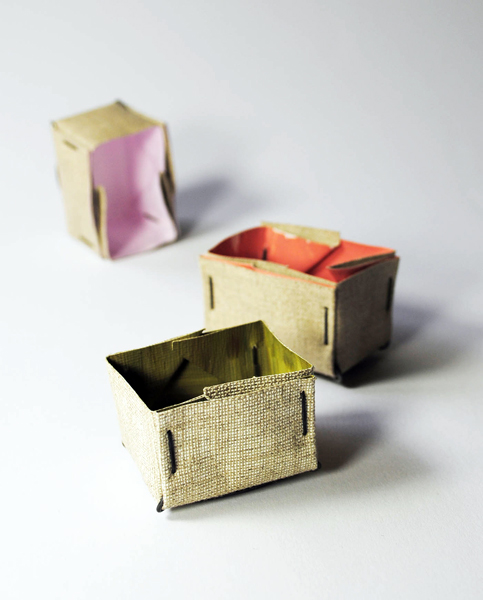
Karen Pontoppidan: I hope so. A bigger engagement of the individual in the social, cultural, and political situations of the world would be a positive development, no matter if it happens within or outside the jewelry field.
What themes could be addressed by jewelry, but you rarely ever see them?
Karen Pontoppidan: I wish for a more profound discourse about gender issues within jewelry. For me, it is not a question of “is the jewelry wearer male or female” but more about what role jewelry plays in creating and confirming normative thinking around gender, and this issue should become part of the discourse.
Can you recommend any particularly engaging books you have been reading lately?
Karen Pontoppidan: Very often, I am reading two books simultaneously— one in English and one in German—because I am regularly traveling between the two languages. Right now, I am reading Das Versprechen der Schönheit by Winfried Menninghaus. In it, he questions if art and fashion were only developed as means of increasing attractiveness for mating. To my knowledge, the book has not been translated into English yet, which is a pity. It is also providing interesting questions about the purpose of jewelry.
In English, I am currently reading The Comfort of Things by Daniel Miller. I often find the most interesting books within the field of anthropology, and this is one of them. Also, I would very much like to recommend the book Gender and Jewelry by Rebecca Ross Russell. Although I disagree with some parts of the book, it is, to my knowledge, the only one embracing the issue of gender within jewelry, which I find highly relevant and needed.
Thank you.


